In 2024, the global fireplace heat exchanger market is projected to hit a revenue milestone of US$1.19 billion, reflecting a growing trend towards energy-efficient heating solutions. As we move into 2025, this upward trajectory is set to continue, driven by increasing consumer awareness of eco-friendly technologies and the integration of smart home systems. For business buyers, understanding these market dynamics and selecting the right products can significantly impact success in this expanding sector.
Table of Contents:
– Market Dynamics of Fireplace Heat Exchangers
– In-Depth Analysis of Fireplace Heat Exchanger Market
– Key Factors When Selecting Fireplace Heat Exchangers
– Latest Technology Features in Fireplace Heat Exchangers
– Regulatory Compliance and Safety Standards
– Conclusion
Market Dynamics of Fireplace Heat Exchangers
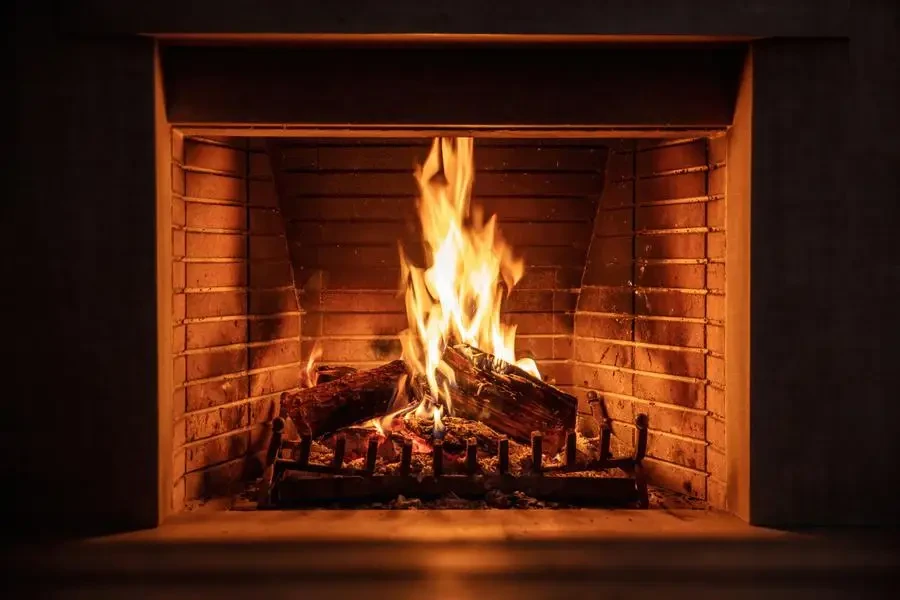
The global market for fireplace heat exchangers is experiencing notable growth, with projected revenues reaching US$1.19 billion in 2024. It is expected to expand at a compound annual growth rate (CAGR) of 3.89% from 2024 to 2029, reaching a market volume of US$1.44 billion by 2029. The United States plays a key role, generating the highest revenue within the heating and cooling sector, which is set to hit US$126 billion in 2024. User penetration is also projected to increase, rising from 4.7% in 2024 to 5.9% by 2029, indicating growing consumer interest.
The average revenue per user (ARPU) in this segment is expected to reach US$0.36k, showcasing strong market potential. This growth is fueled by rising demand for energy-efficient and eco-friendly heating solutions as consumers become more aware of their carbon footprint. The adoption of smart home technologies, enabling remote control and optimization of heating systems, also significantly contributes to market expansion. The United States, with its strict energy efficiency standards and consumer preference for sustainable products, leads this trend.
Regionally, Europe is seeing increased demand due to strict energy efficiency regulations, favoring advanced heating technologies like fireplace heat exchangers. In contrast, developing countries such as India and Brazil experience demand driven by affordability and convenience, focusing on entry-level and basic HVAC systems. This contrast highlights the need for market players to adapt strategies to local conditions, maximizing their impact and reach.
In-Depth Analysis of Fireplace Heat Exchanger Market
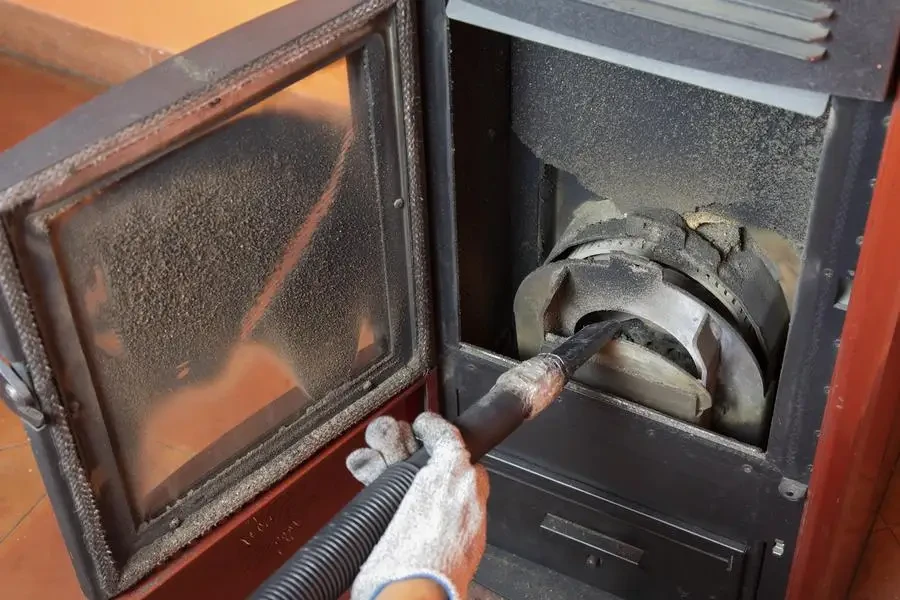
The fireplace heat exchanger market is defined by key performance benchmarks crucial for stakeholders. Product lifecycle stages are shortening due to rapid technological advancements and the need for continuous innovation. Companies are utilizing digitalization to enhance product features, like smart controls and real-time energy monitoring, aligning with consumer demand for convenience and efficiency. Environmental regulations also influence the market, with strict standards pushing manufacturers to innovate and produce sustainable products.
Recent innovations include integrating IoT technologies, allowing users to control and monitor heating systems remotely via mobile apps. This integration enhances user convenience and optimizes energy consumption, reducing operational costs. Market players focus on differentiation strategies, emphasizing eco-friendly materials, superior energy efficiency, and enhanced safety features.
Consumer behavior is shifting towards products that balance cost-effectiveness and environmental sustainability. Seasonal demand patterns are evident, with sales peaking during colder months, prompting companies to adjust production and distribution strategies accordingly. Distribution channels are diversifying, with a shift towards online platforms driven by e-commerce trends and consumer preference for hassle-free shopping experiences.
The fireplace heat exchanger market is set for growth, driven by technological advancements, regulatory pressures, and evolving consumer preferences. Companies that effectively navigate these dynamics and offer innovative, compliant, and consumer-focused solutions are likely to gain a competitive edge in this growing market.
Key Factors When Selecting Fireplace Heat Exchangers
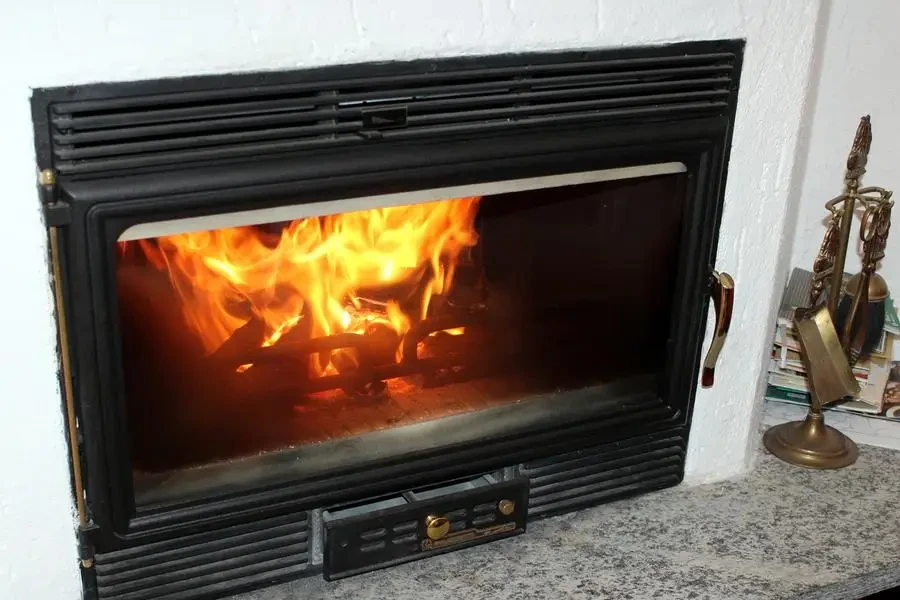
Choosing the right fireplace heat exchanger involves several important considerations to ensure optimal performance, efficiency, and safety. These factors include the type of heat exchanger, materials used, design and aesthetics, energy efficiency, and ease of maintenance.
Types of Fireplace Heat Exchangers
Fireplace heat exchangers come in various types, each suited for different applications and preferences. Common types include:
1. Tubular Heat Exchangers
Tubular heat exchangers are popular due to their high efficiency and durability. They consist of a series of tubes through which air flows, absorbing heat from the fireplace. The main advantages are:
High Heat Transfer Efficiency: The large surface area of the tubes allows efficient heat transfer from the fireplace to the air.
Durability: Made from robust materials like stainless steel, they withstand high temperatures and resist corrosion.
Versatility: Suitable for various fireplace designs, including wood-burning and gas fireplaces.
However, they may require more space and can be challenging to clean due to the number of tubes.
2. Plate Heat Exchangers
Plate heat exchangers consist of multiple thin plates stacked together, allowing air to flow through the spaces between them. Key benefits include:
Compact Design: More compact than tubular exchangers, suitable for smaller fireplaces.
High Efficiency: Large surface area of the plates ensures efficient heat transfer.
Ease of Maintenance: Plates can often be removed and cleaned individually.
On the downside, plate heat exchangers may not be as durable as tubular ones, especially in high-temperature environments.
3. Coiled Heat Exchangers
Coiled heat exchangers use a coil of metal tubing to transfer heat. The coil design provides several advantages:
Efficient Heat Transfer: Maximizes surface area contact with air, enhancing heat transfer efficiency.
Compact and Flexible: Fits into various fireplace designs, including those with limited space.
Durability: Made from materials like copper or stainless steel, offering good durability and corrosion resistance.
However, they might be more challenging to install and clean compared to other types.
Materials and Build Quality
The materials used in constructing fireplace heat exchangers significantly impact their performance and longevity. Common materials include:
Stainless Steel
Stainless steel is favored for its excellent durability and resistance to corrosion. It withstands high temperatures, making it ideal for fireplaces. Additionally, it requires minimal maintenance, ensuring long-term reliability.
Copper
Copper is known for its superior thermal conductivity, making it highly efficient in heat transfer. It is also resistant to corrosion, though it may be more expensive. Copper heat exchangers are often used in high-end fireplace systems where efficiency is a priority.
Cast Iron
Cast iron is robust and retains heat well, making it a good choice for fireplace heat exchangers. However, it is heavier and may require more structural support during installation. Cast iron is also prone to rust, so regular maintenance is necessary to prevent corrosion.
Energy Efficiency
Energy efficiency is crucial when selecting a fireplace heat exchanger as it reduces fuel consumption and lowers heating costs. Key factors include:
- Heat Transfer Efficiency: The ability to transfer heat from the fireplace to the air efficiently.
- Insulation: Proper insulation prevents heat loss, ensuring more heat is directed into the room.
- Design: Optimized designs that maximize surface area and airflow can significantly enhance efficiency.
Design and Aesthetics
The design and aesthetics of a fireplace heat exchanger can impact the overall look and feel of the fireplace. Considerations include:
- Integration with Fireplace Design: Should complement the fireplace design, whether modern, traditional, or rustic.
- Visible Components: Some exchangers have visible components that add to the aesthetic appeal.
- Customization Options: Customizable exchangers allow for tailored designs that match the room’s decor and style.
Ease of Maintenance
Regular maintenance is essential for the longevity and efficiency of a fireplace heat exchanger. Factors affecting ease of maintenance include:
- Accessibility: Easy-to-access components simplify cleaning and maintenance.
- Design: Simple designs with fewer parts are generally easier to maintain.
- Material: Materials that resist soot and creosote buildup, such as stainless steel, reduce cleaning frequency.
Latest Technology Features in Fireplace Heat Exchangers
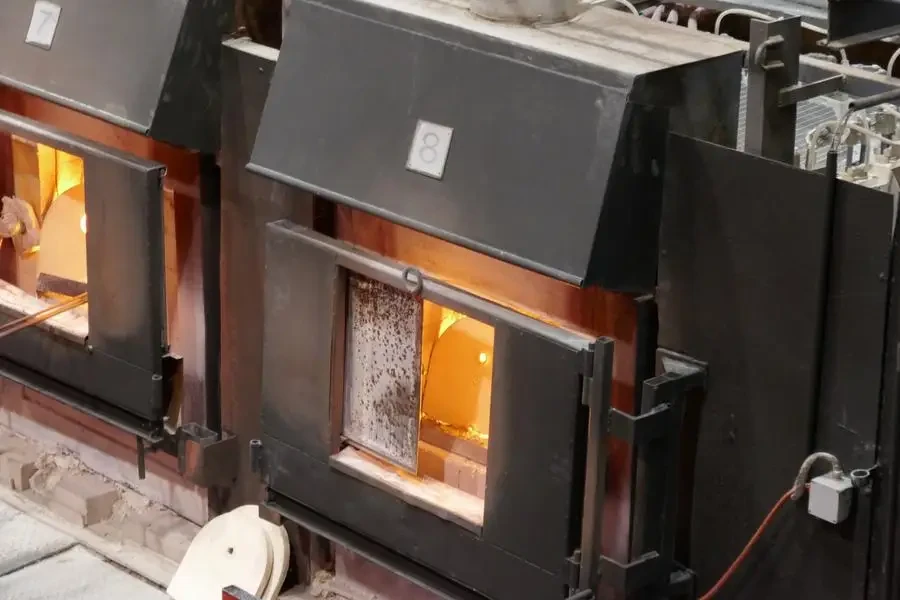
Modern fireplace heat exchangers incorporate advanced technology to enhance performance, efficiency, and user convenience. Some of the latest features include:
Smart Controls
Smart controls allow users to monitor and adjust the heat exchanger’s performance remotely using a smartphone or tablet. These controls can optimize heat output based on room temperature, improving energy efficiency and comfort.
Self-Cleaning Mechanisms
Some heat exchangers come with self-cleaning mechanisms that reduce maintenance requirements. These mechanisms use high-temperature cycles to burn off soot and creosote, ensuring efficiency.
High-Efficiency Fans
High-efficiency fans improve airflow through the heat exchanger, enhancing heat transfer and distribution. These fans are often quieter and consume less energy, contributing to overall efficiency.
Advanced Insulation Materials
New insulation materials, such as aerogels, provide superior thermal insulation, reducing heat loss and improving efficiency. These materials are lightweight and durable, making them ideal for use in fireplace heat exchangers.
Regulatory Compliance and Safety Standards
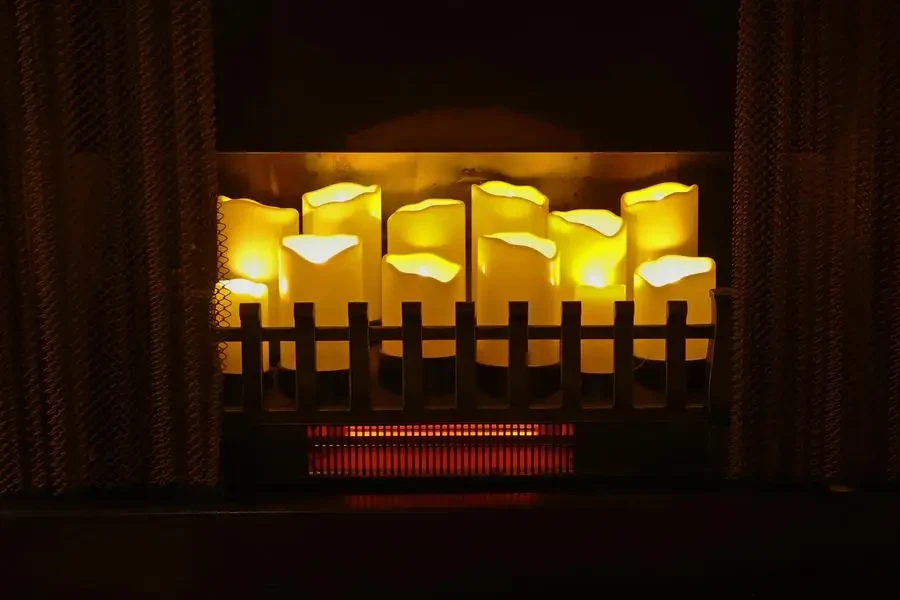
Ensuring a fireplace heat exchanger complies with relevant safety standards and regulations is crucial for safe operation. Key considerations include:
Certifications
Look for heat exchangers certified by recognized safety organizations, such as UL (Underwriters Laboratories) or CSA (Canadian Standards Association). These certifications indicate that the product meets stringent safety and performance standards.
Emissions Standards
Compliance with emissions standards, such as those set by the Environmental Protection Agency (EPA), ensures efficient operation with minimal environmental impact.
Safety Features
Modern heat exchangers often include safety features such as overheat protection, automatic shutoff, and fail-safes to prevent accidents and ensure safe operation.
Conclusion
Selecting the right fireplace heat exchanger requires careful consideration of various factors, including type, materials, design, energy efficiency, and maintenance requirements. Advanced technology features and compliance with safety standards further enhance the performance and reliability of these devices.



